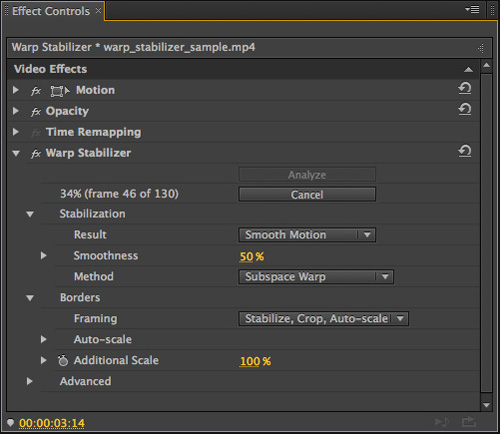
Warp Stabilizer: Unless you’ve worked with a gimbal as you’re filming your initial footage, your clips are going to have some minor camera shake. To start your workflow, click Media Browser in your command center and import a video or image clip ( File > Import or Ctrl+I), or sign in to your Creative Cloud account to search the Creative Cloud Library for an Adobe Stock image or video. To start a new sequence, drag and drop your media into this box. You’ll be able to click, drag, drop, and rearrange media here, among other things.

The bottom-left is a command center where you can search your computer for media, open files, see data pertaining to each of your media sources, quickly search Premiere for a visual effect, and view the entire workflow history of your project (everything you’ve imported and how you’ve altered your media, which means you can return to a specific point in your project and change an effect you’ve decided you don’t like).The top-right will display the entire film with its applied visual effects as you assemble it.


As an added disclaimer, Premiere Pro is very versatile, with a league of options available for customizing your films, and it is a skill best learned first-hand through experimentation (as if you needed another reason to visit us). Cost and learning curves often act as dual inhibitors to people interested in Premiere Pro’s capabilities, so we’re going to cut through some of the mire and dish out a few tips and tricks for the most common things people want to do after they’ve imported their first film clip. Whether it’s being done for commercial purposes to advertise your brand or business, for an academic or personal project to display something you’re passionate about, or to make some extra cash by vlogging on YouTube, The Studio at Wright Farms is your place to access this fantastic tool.

Adobe’s Premiere Pro CC is an absurdly fun software to play with when you’re looking to develop stylish, professional-grade home films.


 0 kommentar(er)
0 kommentar(er)
